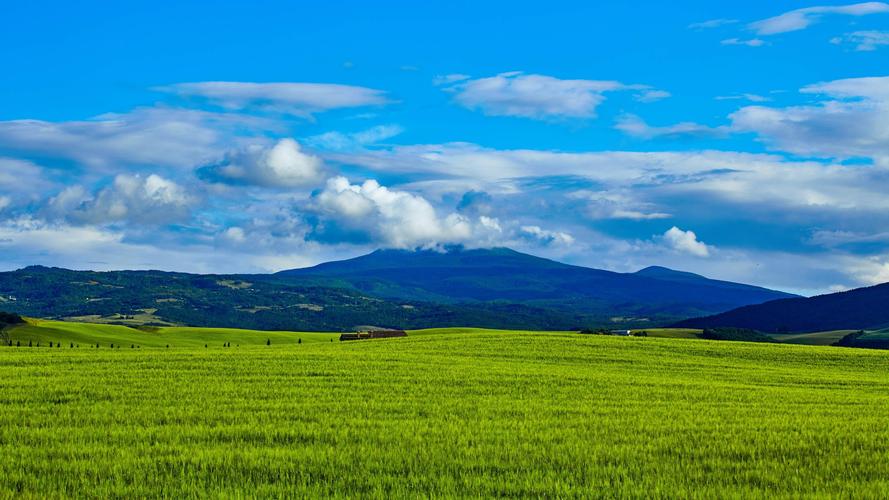Exploring the Intersection of Cultural Heritage and Tourism: A Journey Through History
Tourism has always been synonymous with adventure, excitement and exploration. From ancient civilisations to modern metropolises, tourists have been flocking to popular destinations, eager to learn about the history, culture and traditions of the people that inhabit them. But, what is it that truly makes a destination attractive? What is that defining element that captures the imagination of tourists and keeps them coming back for more? The answer lies in the intersection of cultural heritage and tourism.
The history and culture of a destination are the foundation for its tourism industry. The more unique and diverse the culture and heritage, the greater the attraction for visitors. But, it is not just about being unique or diverse, it is about preserving and promoting cultural heritage. Cultural heritage can include anything from a nation’s cuisine, music, festivals and architecture, to indigenous cultures and languages.
One of the best examples of promoting cultural heritage and tourism is the historic city of Istanbul in Turkey. With its historic landmarks, grand bazaars, and rich cultural heritage, Istanbul has become one of the world’s most popular tourist destinations. In addition to its historic landmarks, Istanbul is famous for its food culture, arts and crafts, and traditional practices like Turkish baths, which signifies the depth and richness of the city’s cultural heritage.
The significance of cultural heritage in tourism can also be seen when one visits ancient cities like Athens, Rome, and Cairo, which are steeped in history and have become iconic tourist destinations. The preservation of ancient architecture, traditional music and dance, and the arts, all contribute to the promotion of these ancient cities and serve to keep their history and culture alive.
Countries like India, which have a rich and diverse cultural heritage, have used tourism as a tool to preserve and promote their culture. The ‘Incredible India’ campaign was launched in 2002, showcasing India’s rich cultural heritage to the world. The result was an influx of tourists interested in experiencing the richness of Indian culture and history.
In conclusion, the intersection of cultural heritage and tourism is a mutually beneficial relationship that deserves attention and investment. The preservation and promotion of a destination’s culture and heritage can not only attract tourists but also provide economic and social benefits to local communities. It is, therefore, essential that we continue to explore this intersection, and invest in the preservation and promotion of cultural heritage, so that future generations can enjoy and learn from it.
(Note: Do you have knowledge or insights to share? Unlock new opportunities and expand your reach by joining our authors team. Click Registration to join us and share your expertise with our readers.)
Speech tips:
Please note that any statements involving politics will not be approved.
